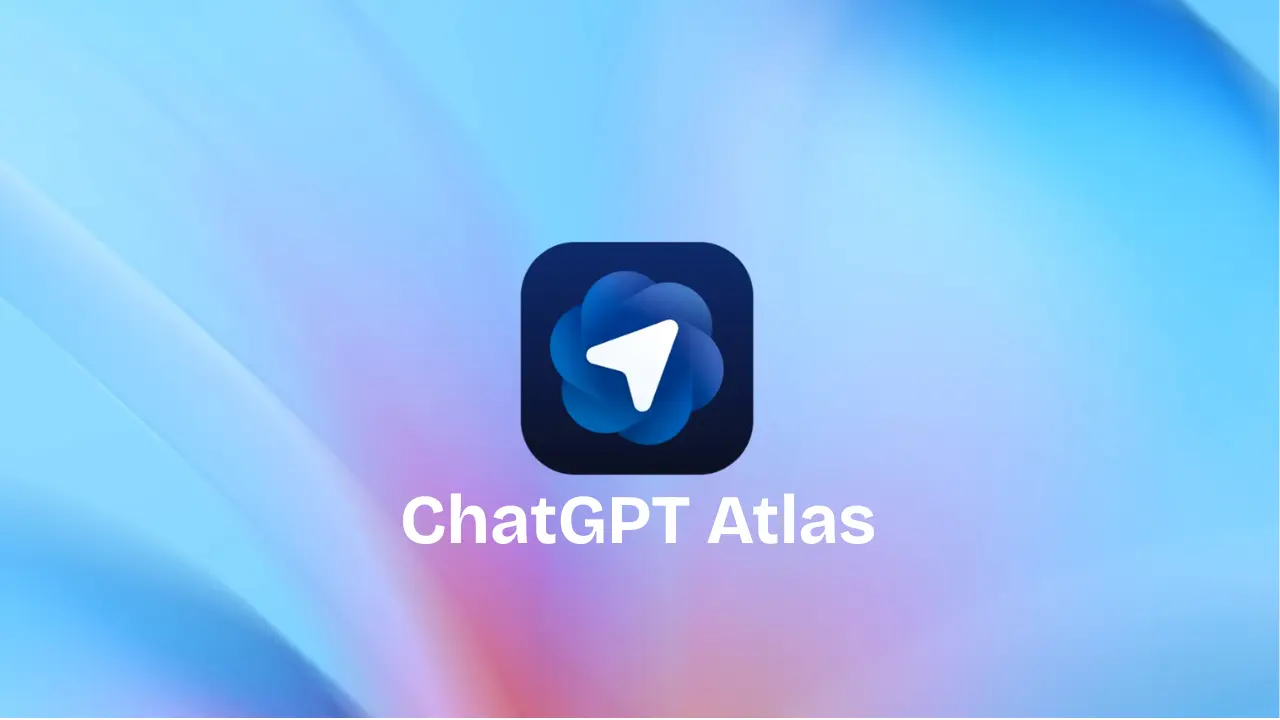
Generative AI continues to evolve at an unprecedented pace, and with it, the environments where employees use AI are changing too.
OpenAI’s new ChatGPT Atlas joins a growing wave of AI-native browsers, alongside tools like Perplexity’s Comet and Dia Browser, all racing to redefine how people interact with the web. It’s part of what’s quickly becoming the battle of the browsers, where the interface itself becomes intelligent, contextual, and conversational. It’s a glimpse into where the human-AI interface is heading, but also a reminder of how far enterprise governance still needs to go.

Atlas Is Early Access — and Out of Enterprise Scope
OpenAI has positioned ChatGPT Atlas for Business and Enterprise as part of the broader ChatGPT ecosystem. But it’s important to read the fine print:
- Atlas is an early access product. It currently sits outside OpenAI’s SOC 2 and ISO attestations.
- ChatGPT Enterprise commitments do not apply. Existing data isolation and compliance guarantees are not extended to Atlas.
- OpenAI does not recommend Atlas for enterprise use at this stage.
That doesn’t mean Atlas is unsafe. It means it’s unfinished in the context of enterprise security. The same gap we’ve seen across AI adoption is now surfacing at the browser level: enthusiasm and experimentation outpacing governance and control.
Why Atlas Matters for Security and IT
Over the past year, we’ve seen organizations move from “block ChatGPT” to building AI committees and publishing formal usage policies. That’s real progress, but it’s not enforcement. In most companies, policies exist, but controls do not.
Atlas amplifies that gap. It isn’t just another app to allow or block; it’s a new workspace. When the browser itself becomes AI-enabled, the lines between input, output, and automation blur. That creates fresh questions for IT:
- How will DLP tools handle AI-generated context or retrieval?
- Where does prompt data live?
- Can we see what’s being shared, uploaded, or cached?
- How do we maintain consistent browser policies across unmanaged AI environments?
These are the next generation of browser security questions.
How to Run a Careful Pilot
OpenAI’s guidance for testing Atlas is sound and worth following closely. If your team wants to evaluate it, take a controlled, compliance-aware approach:
- Limit scope. Choose a small pilot group and use non-sensitive, test data only.
- Confirm status. Align with legal, security, and procurement that Atlas is out of scope for SOC 2 and ISO.
- Bridge the control gap. Consider deploying Keep Aware to maintain browser policies, visibility, and detections across Atlas, ensuring your existing controls extend into this new AI-driven environment.
The Broader Shift: AI Moves to the Browser
This release underscores a pattern we’ve been tracking for months: AI is moving closer to where employees actually work. First, it was SaaS integrations and extensions. Now it’s the browser itself.
Traditional tools, such as CASBs, SWGs, and endpoint agents, weren’t built for this level of dynamism. They can’t distinguish between a harmless prompt and a sensitive upload, or between a personal experiment and a regulated workflow. The browser is the only layer that sees those interactions in context, in real time.
The Right Posture: Cautious Optimism
Atlas points toward a future where the browser becomes both workspace and assistant, and that’s powerful. But it also means the browser becomes the new control point for AI governance.
Our guidance is simple: Consumer adoption doesn’t equal enterprise readiness.
Atlas will likely mature into a secure, auditable environment, but it’s not there yet. For now, the smart move is to evaluate, monitor, and learn while maintaining the same guardrails that protect today’s browsing environments.


%20(1).png)


